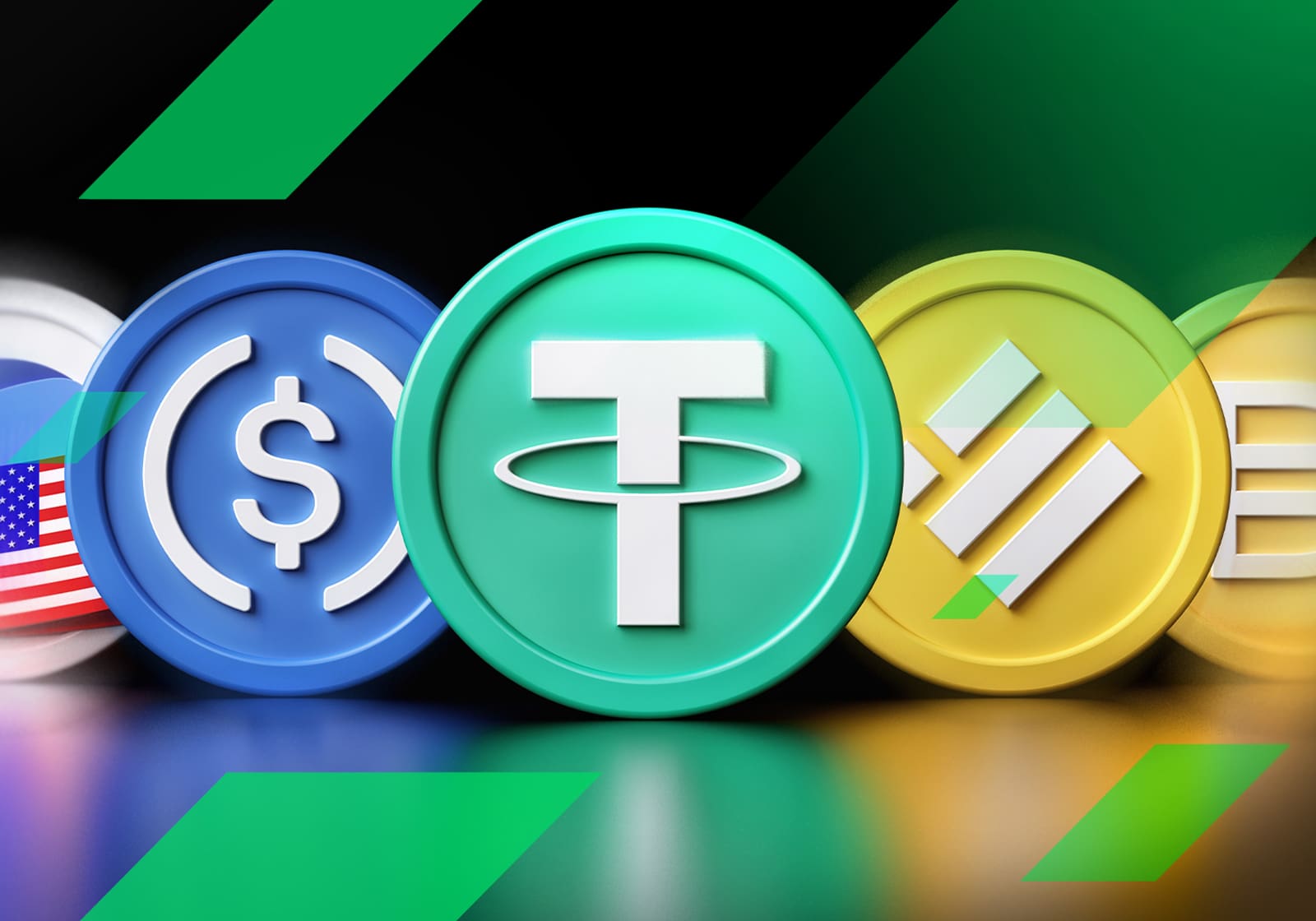Pakistan is in talks to release of $1.1bn (£890m) of cash from the International Monetary Fund (IMF) to help ease its financial crisis.
Pakistan’s economic woes are a culmination of years of political turmoil, a financial crisis and last year’s catastrophic floods, with its reserves only able to cover three weeks – rather than the required three months.
Inflation is also thought to stand at around 24% to 26%, according to the country’s finance ministry, and the currency has been devalued against the dollar.
Read more:
Pakistan mosque attack: At least 100 killed in suicide bombing – as militant commander tries to claim responsibility
Pakistan left without power after energy-saving move backfires
The IMF delegation will be encouraging the Pakistani government to implement bold cost-cutting measures to help it bridge its financial gap, with mission chief Nathan Porter saying: “You don’t have any other option.”
In 2019, Pakistan secured a $6bn (£4.9bn) bailout from the IMF. It got another $1bn (£811m) last year to help overcome the devastating floods, but in November the IMF suspended payments, saying the government failed to make progress on its fiscal consolidation.
In response, Ishaq Dar, the country’s finance minister, told the IMF it had made some efforts to bring its crisis under control, including increasing taxes on petrol and natural gas, and increased prices for electricity.
If released, the cash from the IMF would go towards paying its external debt to the tune of $8bn, which has to be paid by the end of June.
Backlogs at ports, factories closed and electricity blackouts
The government has stopped issuing lines of credit, causing a backlog of container ships at the port of Karachi, while industry has been battered by the currency devaluation and imports block.
Domestic investment has dried up, with textile factories partially closing due to demand, and construction projects have been delayed due to lack of investment.
Please use Chrome browser for a more accessible video player
There has also been severe energy shortages, which has hindered remaining economic activity, while companies that generate and supply energy struggle with the high costs of fuel and turn off the electricity grid to save money.
Last week the country of 243 million people was plunged into darkness after a major breakdown of the national grid, which lasted several hours – the impact was felt on schools, hospitals, businesses and industry further hindering economic activity.
The country’s economy has been faltering for many years, with the floods in 2022 pushing it over the edge.
Pakistan’s floods impacted a third of the country and wiped out millions of hectares of crops. Almost 2,000 people were killed, and around 33 million people were displaced, with damage thought to cost around $40bn (£32.4bn).
Successive governments have been accused of making little effort to widening the tax net and increasing sources of revenue, while loans from allies such as China, Saudi Arabia and the United Arab Emirates kept its economy afloat.
Some blame former PM Imran Khan
Former prime minister Imran Khan, and his government, have been accused of contributing to the immediate crisis. A year into his premiership, the fiscal deficit shot to a record high of $25.3bn (£20.5bn) and by the time he was ousted early last year, inflation was over 12%.
Mr Khan delayed approaching the IMF, despite economists recommending it, saying he wants to shun the practice of approaching foreign entities with a “begging bowl”.
However, his government was unable to bear the costs of a slew of welfare schemes it rolled out – though it helped his popularity.
His government’s reluctance to increase fuel costs, even in early 2022 when international crude rates had breached the $100 mark due to the war in Ukraine war, meant the state exchequer lost precious dollars.
Is Pakistan going the same way as Sri Lanka?
There is comparison of what is taking place in Pakistan with the collapse of the Sri Lankan economy last year.
But this is unlikely, as almost half of Sri Lanka’s external debt was owed to private creditors while for Pakistan, this is only about 8% of what it owes.
Pakistan’s large bilateral loan payments are to friendly countries like Saudi Arabia, the UAE, and China, which will be rolled over.
Click to subscribe to the Sky News Daily wherever you get your podcasts
With the present government starting to implement changes that would satisfy the IMF and a release of the $1.1bn tranche, this will pave the way for the release of the loan and other bilateral assistances.
But more importantly, Pakistan is a nuclear nation and a geostrategic country, and its allies, and the world, would prevent its economy from collapsing.








